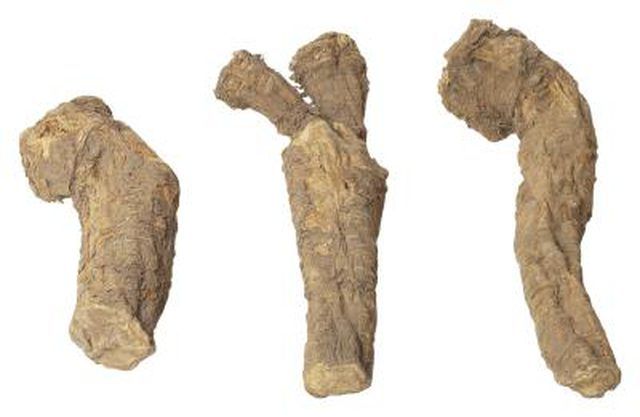Bulbs
Flower Basics
Flower Beds & Specialty Gardens
Flower Garden
Garden Furniture
Garden Gnomes
Garden Seeds
Garden Sheds
Garden Statues
Garden Tools & Supplies
Gardening Basics
Green & Organic
Groundcovers & Vines
Growing Annuals
Growing Basil
Growing Beans
Growing Berries
Growing Blueberries
Growing Cactus
Growing Corn
Growing Cotton
Growing Edibles
Growing Flowers
Growing Garlic
Growing Grapes
Growing Grass
Growing Herbs
Growing Jasmine
Growing Mint
Growing Mushrooms
Orchids
Growing Peanuts
Growing Perennials
Growing Plants
Growing Rosemary
Growing Roses
Growing Strawberries
Growing Sunflowers
Growing Thyme
Growing Tomatoes
Growing Tulips
Growing Vegetables
Herb Basics
Herb Garden
Indoor Growing
Landscaping Basics
Landscaping Patios
Landscaping Plants
Landscaping Shrubs
Landscaping Trees
Landscaping Walks & Pathways
Lawn Basics
Lawn Maintenance
Lawn Mowers
Lawn Ornaments
Lawn Planting
Lawn Tools
Outdoor Growing
Overall Landscape Planning
Pests, Weeds & Problems
Plant Basics
Rock Garden
Rose Garden
Shrubs
Soil
Specialty Gardens
Trees
Vegetable Garden
Yard Maintenance
How to Grow Cassava in Florida
How to Grow Cassava in Florida. For Floridians, cassava (Manihot esculenta) represents a starch that takes less space, time and effort to grow than grains demand. The small trees, which need eight frost-free months to produce their edible, potato-like roots, are reliably perennial in U.S. Department of Agriculture plant hardiness zones 10 and...

For Floridians, cassava (Manihot esculenta) represents a starch that takes less space, time and effort to grow than grains demand. The small trees, which need eight frost-free months to produce their edible, potato-like roots, are reliably perennial in U.S. Department of Agriculture plant hardiness zones 10 and higher. Yet even in North Florida, preserving part of the tree's slender trunk, or stem, makes it possible to grow cassava as a yearly crop without reinvesting in new propagation material.
Things You'll Need
Soil testing kit or portable soil test meter
Compost
5-10-10 fertilizer
Spade
Garden hose or drip irrigation system
Machete or ax
Trowel
Test your soil before adding garden amendments. Cassava isn't fussy about pH, but some Florida soils have normal to excessive amounts of phosphorus.
Work a 4-inch layer of compost and 1 pound of 5-10-10 fertilizer into the top 12 inches of soil for each tree you will be planting. If you have normal to high phosphorus -- the middle number -- buy 5-5-10 or 5-0-10 instead.
Plant stem cuttings in early spring. Set each one about 3 to 4 inches deep, with the remaining several inches of the stem cutting left above the soil line. If you are planting several cassava trees, set the stem cuttings so that they are 4 feet apart.
Give the trees about 1 inch of water a week during times of low rainfall. Cassava will tolerate drought, but the roots will be less woody if the soil doesn't dry out between watering sessions.
Grow cassava trees at least eight months before harvesting roots. They do not need to be harvested within a year, but the roots may become less palatable if they are several years old.
Harvest cassava in late fall by chopping down the thin stem to about 12 inches above the soil line with a machete or ax, then lifting the stem to pull the roots up. If the roots don't come up easily, dig them carefully with a trowel to avoid nicking them with a sharp spade.
Cut the stems of uprooted trees in 8- to 12-inch sections. In USDA zones 10 and 11 you can immediately replant these stem cuttings. In zones 8 and 9, bring the stem cuttings inside until early spring. Alternatively, set them aside outdoors, covered with hay or earth.
Tips & Warnings
Choose newer cassava cultivars known as "sweet" cassava types. They require less processing before they are edible.
The same compounds that make raw cassava toxic for people also make the tree able to defend itself against pests and diseases. Along with its ability to tolerate drought and infertile soil, its resistance to these problems adds up to a relatively trouble-free crop.
In USDA zones 10 and 11, unharvested cassava trees are evergreen. In USDA zones 8 to 9, the unharvested trees will die back, but often regrow in the spring.
You may also know cassava as tapioca plant, manioc or yuca. Along with cassava, all are common names for Manihot esculenta.
Both sweet and bitter cassava types contain cyanide. Peeling them and boiling them in at least one change of water before the regular preparation is the only way to ensure they won't be toxic when consumed.